
Liposuction is a popular surgical procedure that removes fat deposits from your body to improve your appearance. There are different types of liposuction, but every type involves making small incisions in your body to disrupt fat cells and using a suction-enabled device called a cannula to remove the fat. The removal of fat tissue itself can result in liposuction scarring since it removes the source of lipids, cytokines, and other healing substrates. Anything that cuts through all the layers of your skin is likely to result in a wound that will be visible for some time. While usually less than an inch long, liposuction incisions are no exception and can leave a visible scar.
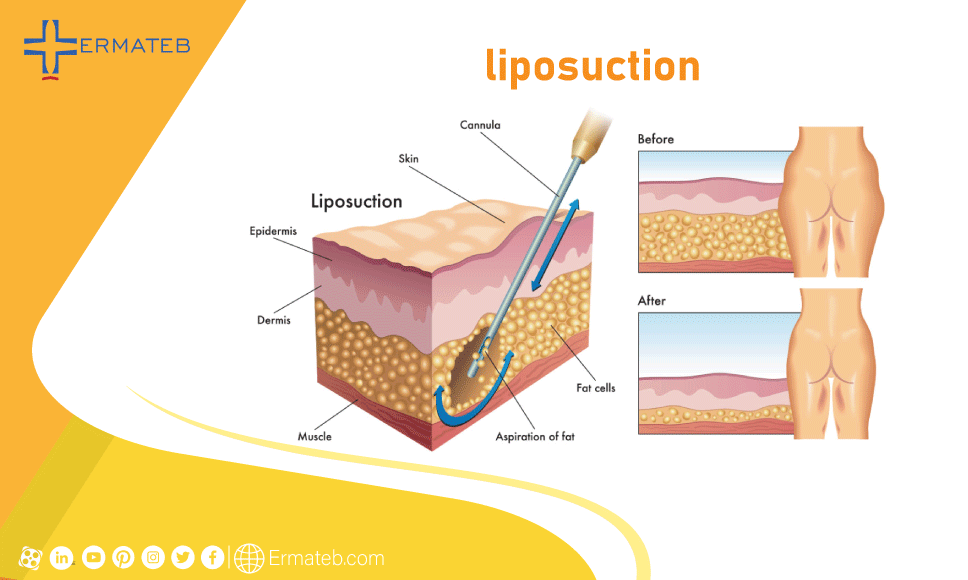
The most common questions that patients usually ask about liposuction procedure:
• Does lipo leave scars?
• How can I hide these scars from liposuction?
• Do liposuction scars go away?
• How do you get rid of incision scars?
• Does laser liposuction make scars?
So if these questions are also bothering you, go ahead and read this article to get your answers. We will explain:
• Why this scarring happens?
• Ways to treat these types of scars?
• How can we help you in Ermateb?
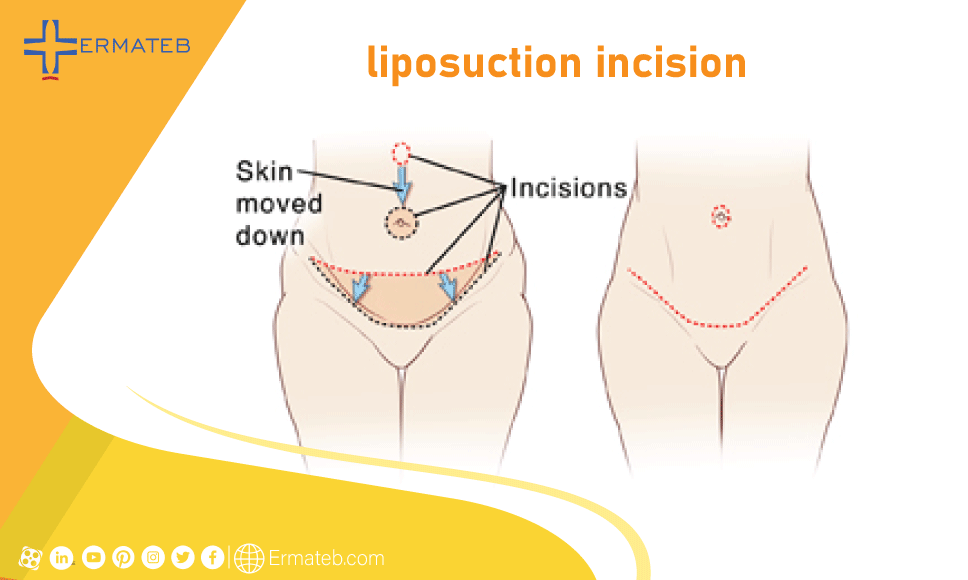
Can you get scar tissue from liposuction?
Liposuction is minimally invasive, but it is still surgery. Liposuction involves several tiny holes in discreet locations that do leave tiny scars. During liposuction a thin tube called a cannula will be inserted into the small incisions on the skin in the least visible parts of the body to suction out the fat. Once the fat has been removed, the incisions are usually sewn up. These tiny cuts are only about 0.5 – 1cm long, allowing the numbing solution to infiltrate under the skin and the ultrasound probe to enter. Depending on the area treated and the amount of fat needed to be removed, there will be several incision sites, usually at least two. These incisions are so tiny they heal quickly usually requiring no stitches. Larger treatment areas may require more incisions. Immediately after liposuction, the incisions will be visible. There may be fluid leaking out for a few days, after which they will start to heal up like any other cut. The resulting scars that form after the healing process will be proportionally small and not very prominent Normal healing which usually takes about a week or two includes itchy scabbing that sheds eventually leaving a small white scar. The scar will be permanent but will fade over time. The minor incisions needed for liposuction may leave only small scars or no scars at all. Over time, minor scarring can fade completely on their own and become barely perceptible.
The microcannulas (very small and thin cannulas) in the modern liposuction tools don’t need large cuts on the body. These microcannulas make less damage and therefore reduce swelling, bleeding, bruising and the incisions will heal quickly.
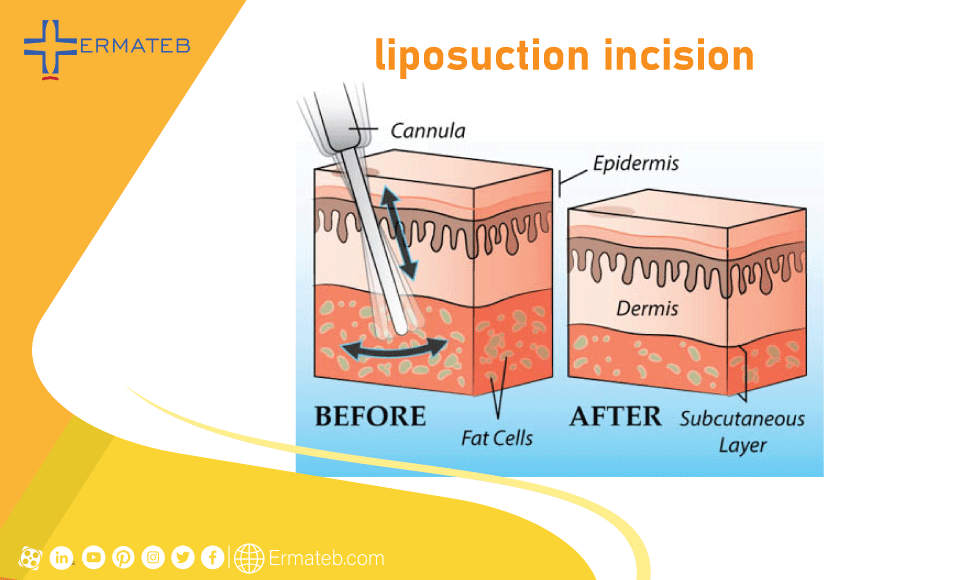
Are liposuction scars visible?
There is no such thing as a “scarless” liposuction procedure because any time the skin is punctured through an injury or by a circular biopsy punch or a scalpel there will be scarring. The possibility of visible scarring from liposuction is very minimal, and most people do not need to worry about it. New liposuction techniques are minimally invasive but still require making small incisions.
To hide the incisions and minimize noticeable scars post-liposuction, a skilled surgeon makes incisions as small as possible and places them in discrete areas of the body where they are least noticeable. For example, in the belly button, inner thighs, along the waistband, or along the bikini line so they can be camouflaged by underwear. To ensure you have realistic expectations, it’s important to understand that while the incisions are tiny, you may notice a small scar at the targeted sites.
Be aware that the scar will be permanent but will fade over time. If you are fair-skinned, it’s unlikely you’re going to have any issue with scarring. Once the incision area has healed, it typically turns pink and then white; blending into the skin. If you are dark-skinned or Asian, the tiny mark may be slightly more visible as they tend to become a little darker.
What factors affect scarring? Can you completely remove a scar?
Liposuction scars generally go away after twelve months or so. It is very important to pay attention and take care of the scarred tissue. Individual genetics, surgical technique used, and patient’s skin pigment are the factors that involve the amount of liposuction scarring. Dyschromia, also known as discoloring, has two forms, hyperpigmentation (where the scarred area appears darker due to more melanin) and hypopigmentation (which is when the scars become lighter and bleached-out) is the most common scarring problem resulting from liposuction. For hyperpigmentation, it is important to keep the area out of the sun, as frequent sun exposure can interfere with healing. Usually, if the surgeon uses a large cannula and makes multiple passes of an area, it causes bruising and hyperpigmentation. Hyperpigmented scars can be corrected, but prevention is better.
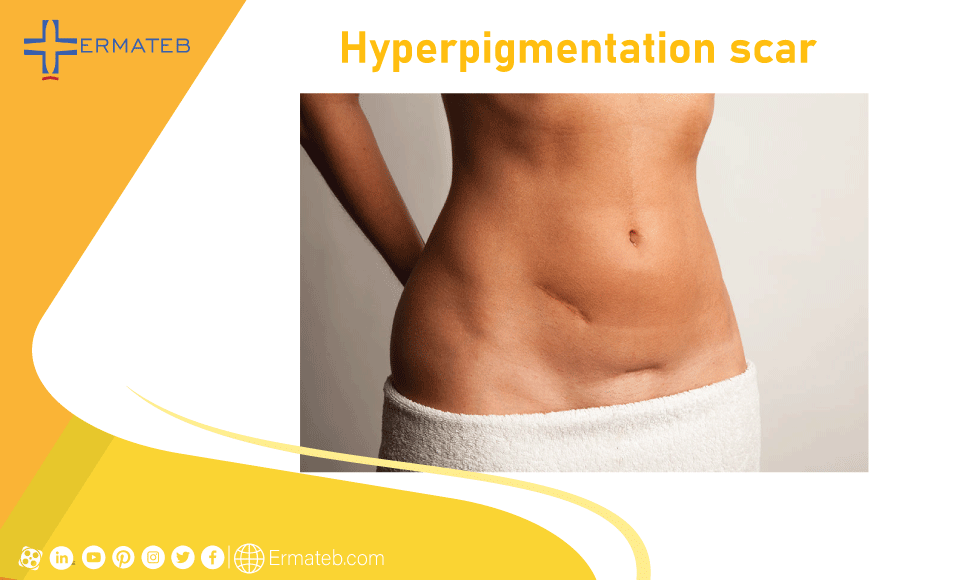
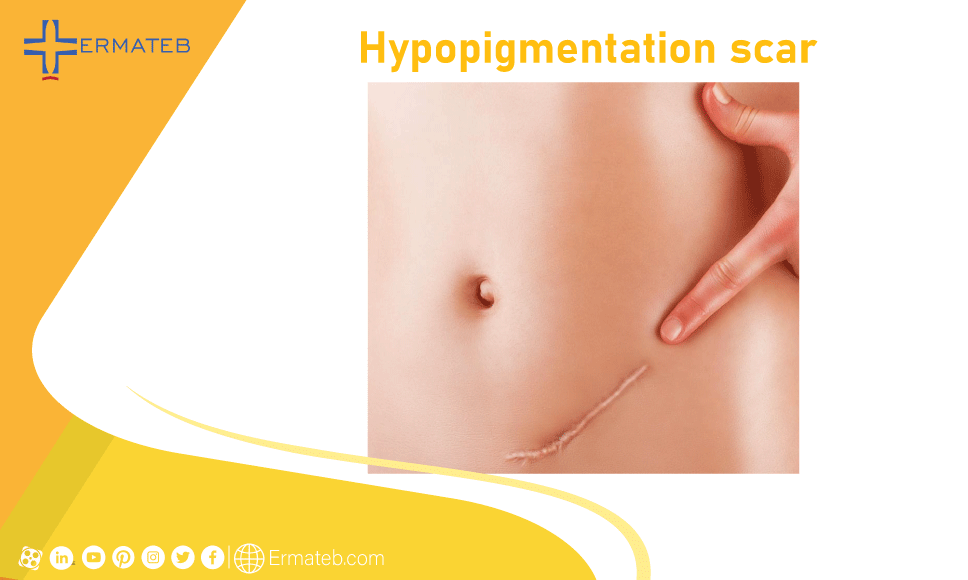
Other types of liposuction scars may also rarely develop which include:
How long does it take for lipo incision to heal?
The amount of liposuction scarring depends on your genetics, how your body responds to healing, your skin pigment, and the technique being used during the procedure. In general, incisions close up in a week or two and become completely healed with no scabs within 2 to 4 weeks. But sometimes depending on the amount of area on which you have done the procedure, it may also take 12 months for your liposuction incisions to heal. An experienced plastic surgeon knows what to do and what to avoid during liposuction to minimize scarring afterward. They will make as few incisions as possible and employ a gentle technique to avoid unnecessary trauma at the incision.
How do you soften scar tissue after liposuction?
After the liposuction procedure, your skin should be firmer and smoother. For having better healing, you should take at least one week off work, take a balanced diet, drink plenty of water, and exercise once you’re ready. To support healing and redistribute the remaining fat cells in the area affected, the surgeon may instruct you to wear compression. Wearing these garments correctly can decrease your risk of having scars from the liposuction procedure. You should also avoid UV light for two to four weeks to aid the scarring process.
Can liposuction scars be removed? How do you get rid of scar tissues after liposuction?
Depending on the type of liposuction treatment, your wound care may include:
· Use of compression garments to aid recovery and reduce swelling and bruising;
· Scar treatments including a combination of ProFractional laser, Platelet-rich plasma (PRP), Dermal Fillers, and fat transfer;
· Proper wound care instructions to prevent opening;
· Use of recommended gel products to help fade and flatten the scars;
· Skincare regimen advice;
· Dietary advice to help aid wound healing.
These methods can’t remove a scar completely, but they can reduce the appearance of scarring and improve other outcomes, such as the range of skin gesture in the area where the scar has been formed.
There are various options for treating the liposuction scars that you can try to get rid of scars.
One of the easiest methods is utilizing creams, gels, or ointments. There are special types of over the counter creams which are prescribed for scars caused by liposuction cuts. If your skin type is sensitive you can consume steroids for faster healing. Before making a decision about treating the scars consult with your plastic surgeon or a dermatologist to choose the best option. Some dermatologists suggest types of silicone gel for removing remaining scars.
If the options above didn't make improvement and you are not satisfied with the approval of liposuction’s scars you can use surgical removal methods.
A surgical method is suggested for specific conditions depending on the case. But what are the surgical options? These include skin grafts, excision, dermabrasion, or laser surgery. Although these options can be used for any kind of scars but they are not very suitable for small liposuction's scar.
The last method is the injection of steroids, collagen, or filler in the scar area. Steroid injections are mostly done for treating stick out scars, such as keloids or hypertrophic scars. Filler and collagen injections are perfect permanent solutions for pitted scarring.
If you've recently had liposuction surgery that has caused scars, it is best to wait at least one year before consulting with a doctor and making a decision about scar treatment. Many scars fade and become less noticeable over time.
In the following are some more options for you to lipo scar removal.
While the incision site for liposuction is smaller than that left behind by many other procedures, early treatment is key to liposuction scar management.
The main scar removal treatments which are advised to you after liposuction include:
1. Silicone gel sheets and silicone gel:
This type of scar revision is a first-line treatment before moving on to other methods and has become a popular at-home treatment to try to minimize the appearance of scars. Silicone gel sheets and silicone gel can reduce the appearance of scarring when you apply them according to the instructions and use them regularly. Silicone gel hydrates your skin and prevents your body from overcompensating with extra collagen cells during the healing process, which is what creates raised and visible scars.

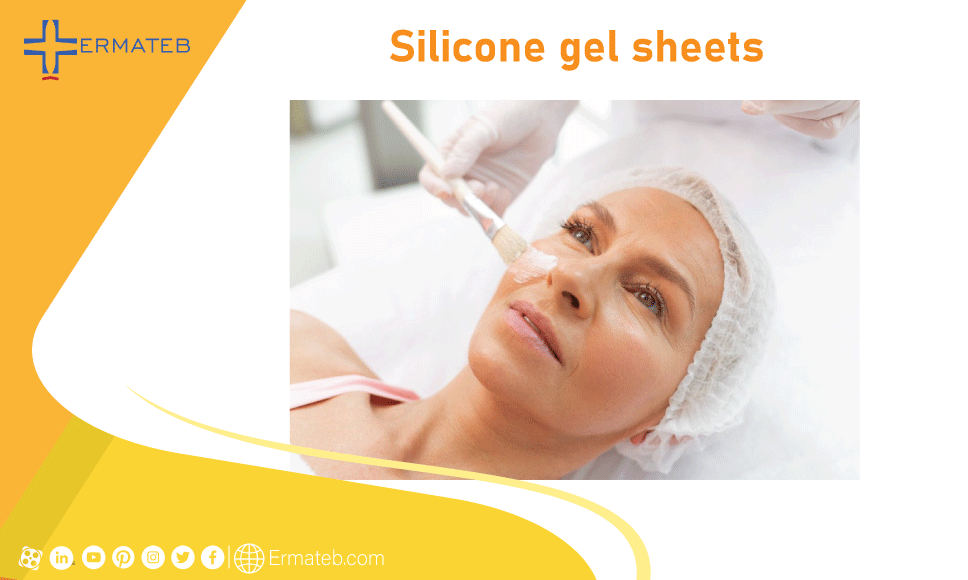
2. Chemical peels and microdermabrasion:
Chemical peels or microdermabrasion methods can remove layers of scar tissue from your skin. This method is done in the medicines office and doesn’t require additional recovery time but its most common side effect is redness. Different skins respond differently to this type of treatment, and repeated treatments may be needed to see the scarring start to fade.
3. Cryotherapy:
Cryotherapy pierces the scar tissue and freezes it with nitrogen gas from the inside out to release the scar from the healthy skin tissue surrounding it. Cryotherapy is simple, is quickly performed in an outpatient setting, and doesn’t cause a lot of pain or discomfort. Hypertrophic and keloid scars can be treated with cryotherapy. With cryotherapy, scars will swell, release discharge, and then fade. It seems that this method can be very effective in reducing the appearance of scars.
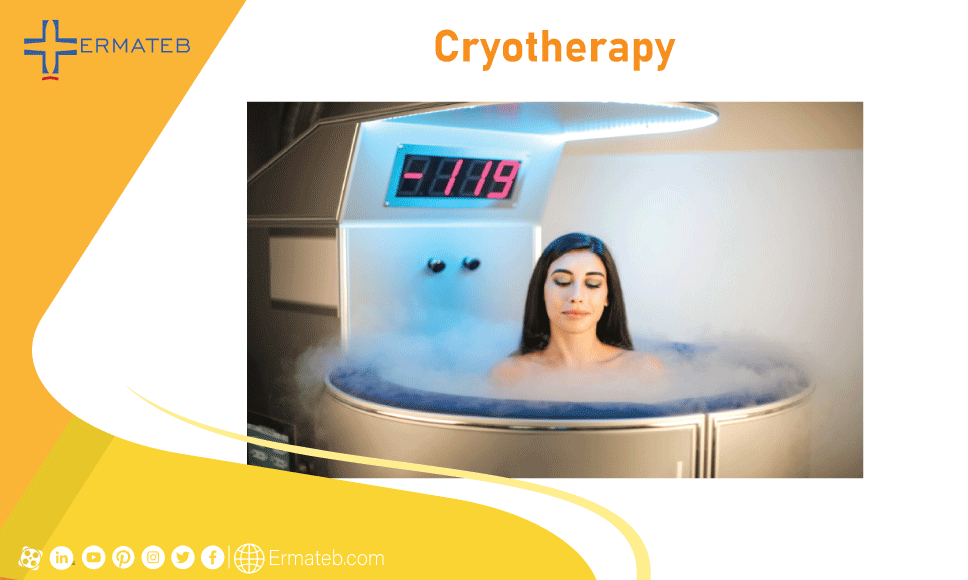
4. Laser therapy:
In this method, the laser heats the scar tissue breaking apart keloid and hypertrophic scars resulting from liposuction. This stimulates healthy cell growth. The laser technology generates new collagen and thus, a new, healthy-looking layer of skin is developed. Although laser therapy is a simple procedure, minimally invasive, painless, and quick, performed in an outpatient setting, and doesn’t need lengthy recovery time, usually repeated treatments are required and it can take several sessions to notice the results.
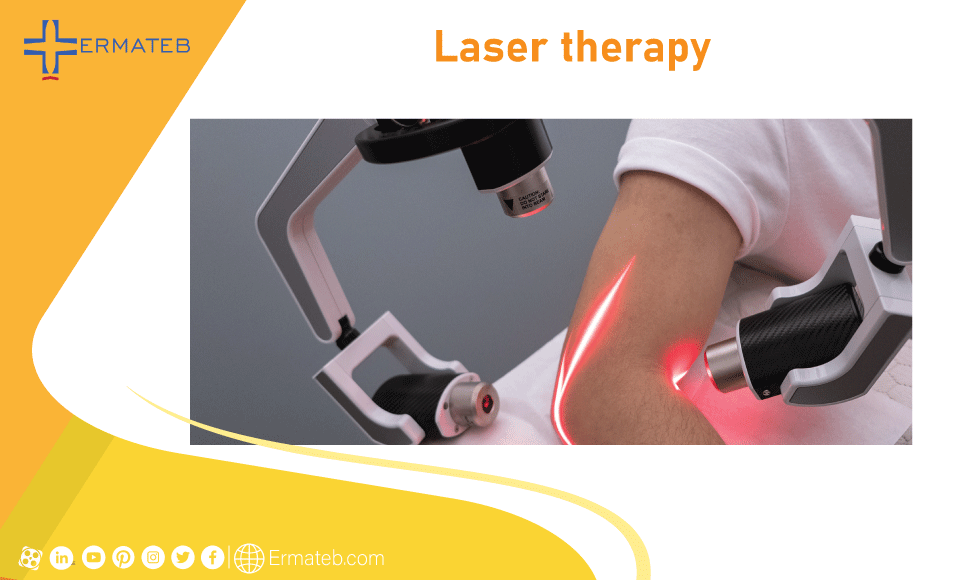
5. Scar removal surgery:
Scar removal surgery is an option for severe, highly visible scarring which is unlikely to be obtained after typical liposuction. This treatment is the most invasive type of scar removal and carries the risk of creating more scars.
Does laser liposuction leave scars?
The laser liposuction technique, a minimally-invasive laser-assisted technique, uses lasers to break up fat before its removal from the body, reducing the need for harsh suction. In general, laser liposuction will not produce scarring; however, there is always a very small incidence of scarring from the laser procedure. When done by an experienced surgeon, laser liposuction leaves only minimal to no scars behind. The cannula used to insert the laser and suction the fat is so thin that the incisions can be very small. In the ultrasound- or laser-assisted liposuction, since a laser is being inserted under the skin, the heat from the devices can cause the burning of the underlying skin. This burn and subsequent scarring underneath the skin can result in the outer skin looking baggy or pinched on the surface, ruining the possibility of smooth results. This scarring is difficult to correct, and the pinched or baggy skin may be long-lasting.
To minimize the effects of scars after laser liposuction taking care of the area during the recovery phase is important. Necessary precautions must be taken to prevent infection on the site. The site must also be kept clean and out of sunlight. Compression garments are generally recommended to minimize inflammation and prevent resultant scarring.
With the Ermateb , you will have experts on call 24 hours a day, seven days a week to talk you through any concerns and provide relevant aftercare advice and answer your questions once you return home. You will have consultations with our experts to discuss ongoing treatment to support the healing and scarring process of the treated areas. After the surgical procedure, you’ll be provided with an aftercare scar management program that can help reduce your recovery time, help prevent the occurrence of keloids, help manage liposuction scars as effectively as possible and improve the overall results of liposuction. You may have very little control over how you heal, but having the procedure performed by the specialists at Ermateb, can make a significant difference. We want you to love your liposuction results, reduce the appearance of your small scars and enjoy your stay with Ermateb until recovery.
More Study:

